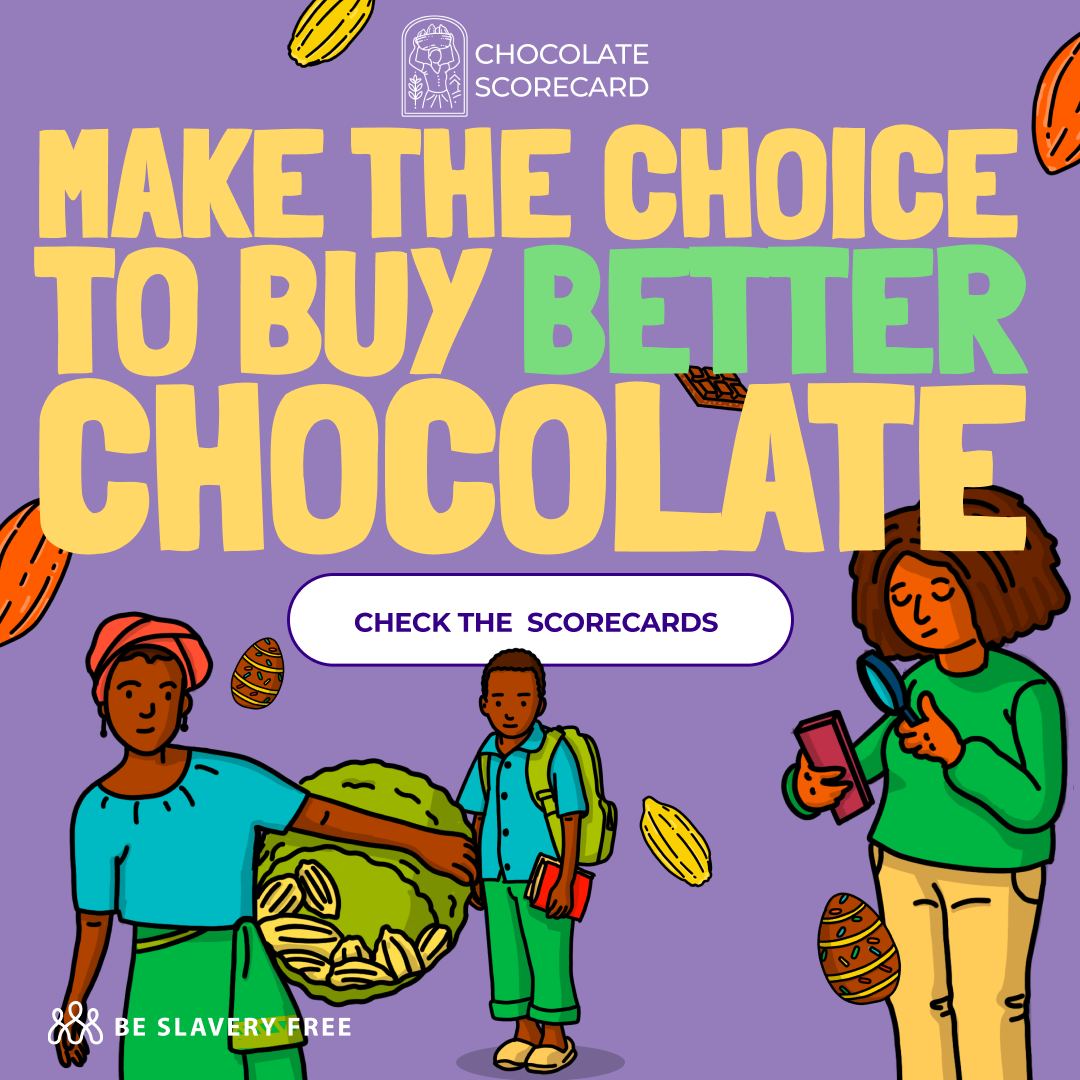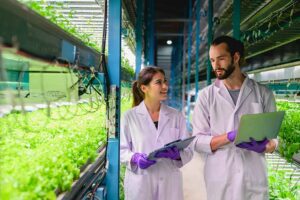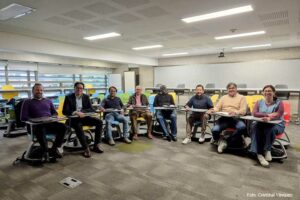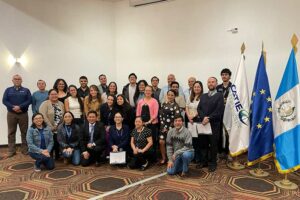CATIE contributes to the Chocolate Scorecard

- This is an evaluation tool that seeks to address a wide range of social, economic, and environmental aspects in the production, processing, and marketing of cocoa.
Dr. Eduardo Somarriba, Senior Researcher of the Agroforestry, Coffee, and Cocoa unit at CATIE, is a key figure in a global effort to promote agroforestry in the cocoa industry through the implementation of the Chocolate Scorecard.
The Chocolate Scorecard is an innovative initiative coordinated by Be Slavery Free which has been launched in its fifth edition this year.
It is a comprehensive evaluation tool developed in collaboration with various stakeholders, including civil society organizations, universities, and academics like CATIE, aiming to address a wide range of social, economic, and environmental aspects in the production, processing, and marketing of cocoa and its derivatives.
In the assessment exercise that concluded in March 2024, 64 of the world's leading cocoa companies (both large and small), including raw material buyers, processing companies, chocolate manufacturers, and retailers of chocolate and other cocoa products, participated.
One of the highlighted sections of the Chocolate Scorecard is dedicated to agroforestry, an area in which Dr. Somarriba has played a fundamental role. This section focuses on evaluating cocoa companies' efforts in five main aspects related to agroforestry, from the development and implementation of policies to the support for farmers in transitioning to agroforestry systems.
Dr. Somarriba emphasized the importance of reintroducing trees into cocoa landscapes to improve the livelihoods of producers, mitigate and adapt to climate change, and conserve biodiversity. However, he recognizes the significant challenges facing this transition, especially in terms of financial investment and mindset change throughout the value chain.
"The pressure for cocoa companies to incorporate agroforestry as a good agricultural practice is relatively new, with only about five or ten years of history. Reintroducing trees into the cocoa landscape is necessary because forests are disappearing rapidly, and cocoa-producing farms (especially in West Africa, where 70% of the world's cocoa is produced) have very few trees," he said.
Assessment Process
In the assessment process of the Chocolate Scorecard, Dr. Somarriba's active role stands out, working in collaboration with Dr. Elsa Sanial from NITIDAE, a French NGO. Together, they have contributed to the design and continuous improvement of the agroforestry section, demonstrating how collaboration between academia, civil society, and industry can lead to significant advances in promoting sustainable practices.
Regarding advice for transitioning to agroforestry on a large scale, he emphasizes the importance of careful planning and gathering knowledge about tree species used for shade and about agroforestry systems and their management practices, highlighting the need to balance synergies and conflicts to design optimal agroforestry systems that boost farmers' incomes, reduce the causes and impacts of climate change, and conserve biodiversity.
Dr. Somarriba highlights the fundamental role of the Chocolate Scorecard in promoting agroforestry in the cocoa industry and invites researchers to explore this tool and learn more about efforts to promote sustainability in cocoa and chocolate production on a global scale.
More information:
Eduardo Somarriba
Senior Researcher, Agroforestry and Genetic Improvement Unit for Coffee and Cocoa
esomarri@catie.ac.cr
Written by:
Esteban Rodríguez Zamora
Communicator
Communications and Marketing Office
esteban.rodriguez@catie.ac.cr



